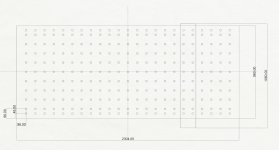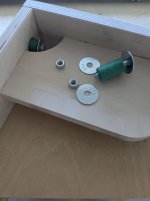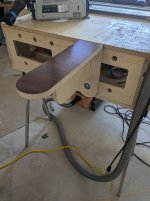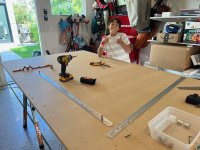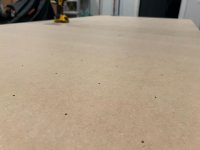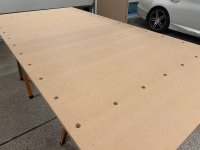HighlandMarine
Member
- Joined
- Apr 21, 2023
- Messages
- 95
Michael Kellough said:But, the DASH-BOARD workbench is even better and is what I'd buy if I didn't already have 3 MFT's
The dashboard PWS system is incredible. One of my favorite woodworking purchases ever(paid full price including platinum accessories bundle) and if something happened to it, I’d order another immediately. Also gives you the ability to make repeatable thin rips with a track saw.

